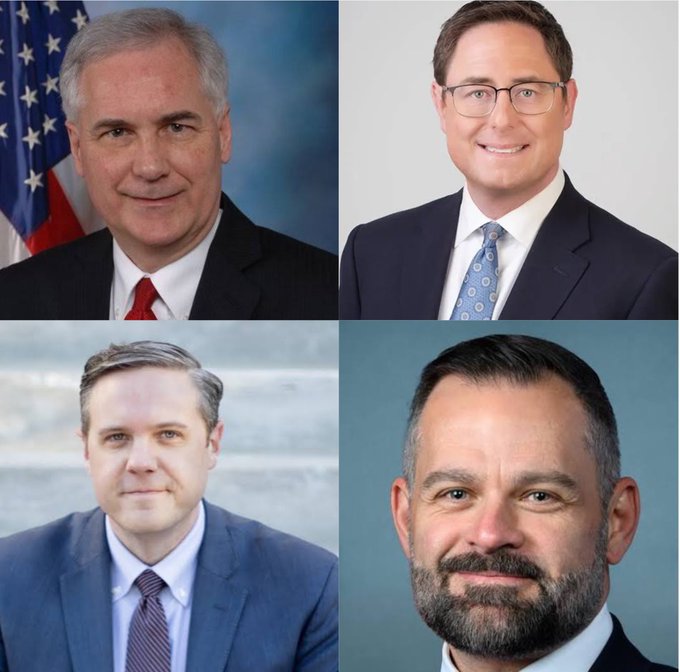
In an era where mainstream media outlets are accused of twisting facts and pushing agendas, a growing movement argues that the real power lies in the wallet. By targeting advertisers who fund these networks, consumers can disrupt revenue streams, forcing accountability or even financial strain. “The media’s lifeblood is advertising dollars,” notes media analyst John Doe from Ethical Consumer. Successful boycotts have proven this: In 2020, over 1,000 companies paused ads on Facebook amid hate speech concerns, prompting policy tweaks.
More recently, advertisers fled X (formerly Twitter) in 2024 over content moderation issues, slashing its revenue by half.
Identifying advertisers starts with observation. Tune into networks like CNN, MSNBC, or Fox News and log commercials during prime time. For deeper insights, leverage free tools: Google’s Ads Transparency Center reveals sponsored content across platforms.
Paid services like MediaRadar track ad spend, creative, and placements in real time, harmonizing data from millions of campaigns.
Kantar Media offers competitive intelligence on spending and messaging.
Reports like the Center for Media Engagement’s top advertiser lists expose heavy hitters on cable news.
To boycott effectively, organize. Compile lists of brands—think Procter & Gamble or Geico—and publicize them on social media or forums like Reddit, where users have rallied against Fox advertisers.
Contact companies directly via email or petitions, citing specific media biases. Switch to alternatives and amplify via hashtags like #BoycottMainstreamAds. History shows impact: Boycotts against Russian brands in 2022 saw over 1,000 pullouts swiftly.
Critics call this censorship, but proponents see it as free-market accountability. By defunding echo chambers, consumers reclaim narrative control, potentially curbing what they view as brainwashing. As one activist put it, “Hit them where it hurts—the bottom line.”


